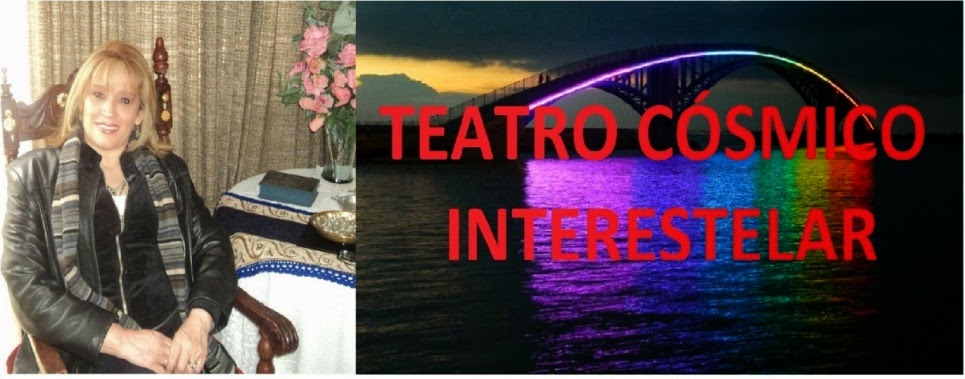SDO Sundog Mystery
How ice crystals make sundogs. [more]
"It's a new form of ice halo," says atmospheric optics expert Les Cowley of England. "We saw it for the first time at the launch of SDO--and it is teaching us new things about how shock waves interact with clouds."
Ice halos are rings and arcs of light that appear in the sky when sunlight shines through ice crystals in the air. A familiar example is the sundog—a rainbow-colored splash often seen to the left or right of the morning sun. Sundogs are formed by plate-shaped ice crystals drifting down from the sky like leaves fluttering from trees.*
Last year, SDO destroyed a sundog—and that's how the new halo was discovered.
SDO lifted off from Cape Canaveral on Feb. 11, 2010—one year ago today. It was a beautiful morning with only a handful of wispy cirrus clouds crisscrossing the wintry-blue sky. As the countdown timer ticked to zero, a sundog formed over the launch pad. Play the movie, below, to see what happened next—and don't forget to turn up the volume to hear the reaction of the crowd:

SDO has a close encounter with a sundog. "The shock waves were amazing, fantastical!" says high school student Amelia Phillips who watched the event alongside friend and photographer Anna Herbst of Bishop, California. "We were shouting and jumping up and down when SDO destroyed the sundog." Movie credit: Anna Herbst.
"When the rocket penetrated the cirrus, shock waves rippled through the cloud and destroyed the alignment of the ice crystals," explains Cowley. "This extinguished the sundog."
A luminous column of white light follows SDO into the sky. [more]
The sundog's destruction was understood. The events that followed, however, were not.
"A luminous column of white light appeared next to the Atlas V and followed the rocket up into the sky," says Cowley. "We'd never seen anything like it."
Cowley and colleague Robert Greenler set to work figuring out what the mystery-column was. Somehow, shock waves from the rocket must have scrambled the ice crystals to produce the 'rocket halo.' But how? Computer models of sunlight shining through ice crystals tilted in every possible direction failed to explain the SDO event.
Then came the epiphany: The crystals weren't randomly scrambled, Cowley and Greenler realized. On the contrary, the plate-shaped hexagons were organized by the shock waves as a dancing army of microscopic spinning tops.
Cowley explains their successful model: "The crystals are tilted between 8 and 12 degrees. Then they gyrate so that the main crystal axis describes a conical motion. Toy tops and gyroscopes do it. The earth does it once every 26000 years. The motion is ordered and precise."
According to Cowley and Greenler, spinning and gyrating plate-shaped crystals are responsible for the mystery halo. Credit: L. Cowley.
Bottom line: Blasting a rocket through a cirrus cloud can produce a surprising degree of order. "This could be the start of a new research field—halo dynamics," he adds.
The simulations show that the white column beside SDO was only a fraction of a larger oval that would have appeared if the crystals and shock waves had been more wide-ranging. A picture of the hypothetical complete halo may be found here.
"We'd love to see it again and more completely," says Cowley.
"If you ever get a once-in-a-lifetime opportunity to be at a rocket launch," he advises with a laugh, "forget about the rocket! Look out instead for halos."
Author: Dr. Tony Phillips | Credit: Science@NASA
| More Information |
|---|
| Solar Dynamics Observatory -- home page Cool Movie: SDO Destroys a Sundog -- Science@NASA More images of the SDO-sundog encounter: from Romeo Durscher of Stanford, California; from Barbara Tomlinson of Beachton, Georgia; from George C. Privon of the University of Virginia. Sundog Formation -- from Les Cowley's authoritative web site "Atmospheric Optics" * Regarding the statement "Sundogs are formed by plate-shaped ice crystals drifting down from the sky....", Cowley notes that this can be an oversimplification. "The crystals do not always drift down from the sky. They drift slowly down relative to air currents in the cloud. Half of the time they will be ascending relative to the ground. The drift velocity is only a few mm/s." |




No hay comentarios:
Publicar un comentario